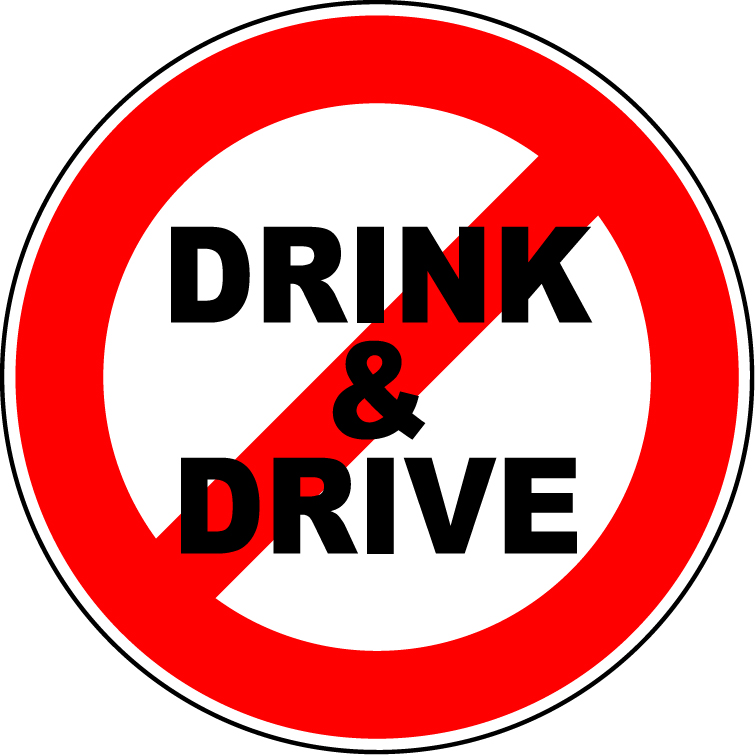Thousands of road accidents recorded per year are due to drunken drivers. Under the influence of alcohol, the driver and the car have the potential for becoming most lethal weapons. They pose a hazard to themselves as well as the public on the roads.
According to Dr. Isaac of NIMHANS, who mentions in a recent book “Alcohol and Emerging Markets” that while alcohol’s contribution to road traffic accidents and their consequences have not been systematically researched in India, the country’s road research institutes estimate that 25 per cent of road accidents were alcohol-related and that one-third of the drivers on the highway were under the influence of alcohol and 20 percent of accident-related head injury victims seen in emergency rooms of hospitals have consumed alcohol prior to the accident.
ADVERTISEMENTS:
What is important in this matter is that one drunken driver could be the cause of his own and multiple deaths or injuries, compounding the problem even more.
Doctors at the de- addiction unit of the All India Institute of Medical Sciences indicate that if a man weighing approximately 50 kgs consumed 90 ml alcohol, he would have a “blood alcohol concentration ” (BAC) of approximately 50 mg (per 100 ml of blood).
The body processes alcohol, on an average, at a rate of approximately one standard drink per hour-a standard drink being considered by some as a can of regular lager, a normal glass of wine or a small peg of spirits.
Other factors that determine the levels and risks are: age, body weight, gender, fluid level in the body at the time of consumption, amount of food in the stomach before consumption, whether the drink was sipped or gulped down, the person’s metabolism and the enzymes produced by the person’s liver.
ADVERTISEMENTS:
This varies from person to person and a blood test, urine test or breathalyzer test are the only ways of determining the actual levels. The problem is complex and many factors ma it so.
With very little research into the incidence of alcohol related road-accidents and their consequences, it is difficult to make people believe that the problem affects them too.
Most people are of the belief that these things happen to other people, “I can drive much more carefully when I’ve had alcohol!” or “I always have a cup of black coffee and then drive after drinking!” How many times have we heard these refrains? And both stories are pure myths.
Yet, unless there is empirical data to prove it, the task of convincing the risk taker becomes difficult. Concerned organisations and the police need to start creating a database of ongoing empirical research to tackle the problem in a holistic manner.
ADVERTISEMENTS:
This will help keep a finger on the pulse of the problem even after initiatives to address the issues have commenced. Addressing this aspect of alcohol-related problems requires the dovetailing of several different parties/bodies.
The Police Department are the most important because they have to enforce the law; the Legislature and the Judiciary are imperative to the cause for creating and implementing the laws and policies.
The trade can play a role in restricting retailing to people on the highways, to underage buyers or to customers who are in an inebriated state. Various Government departments need to work together with NGOs to provide information and messages that help build individual caution and responsibility.
Only when all these can act in unison can the problem of drinking and driving be addressed effectively and successfully. Long term education programmes, as a result of this dovetailing, can lower accident rates drastically -in the UK the drink-drive accident rate dropped by almost 60% in a decade.
In some countries hotels, restaurants and bar owners actually encourage diners to appoint one person the designated driver” by providing him/her with a free meal while the others who are not going to be driving are allowed to eat and drink as they please.
Organisations and establishments can play an enormous role in curbing drink and drive problems by having an alcohol policy that takes , serious view of an employee who has had a drink and employees and customers that it operates with responsibility. It also speaks volumes of the commitment it has to the social environment it operates in. And finally it is participating in creating more responsible citizens.

